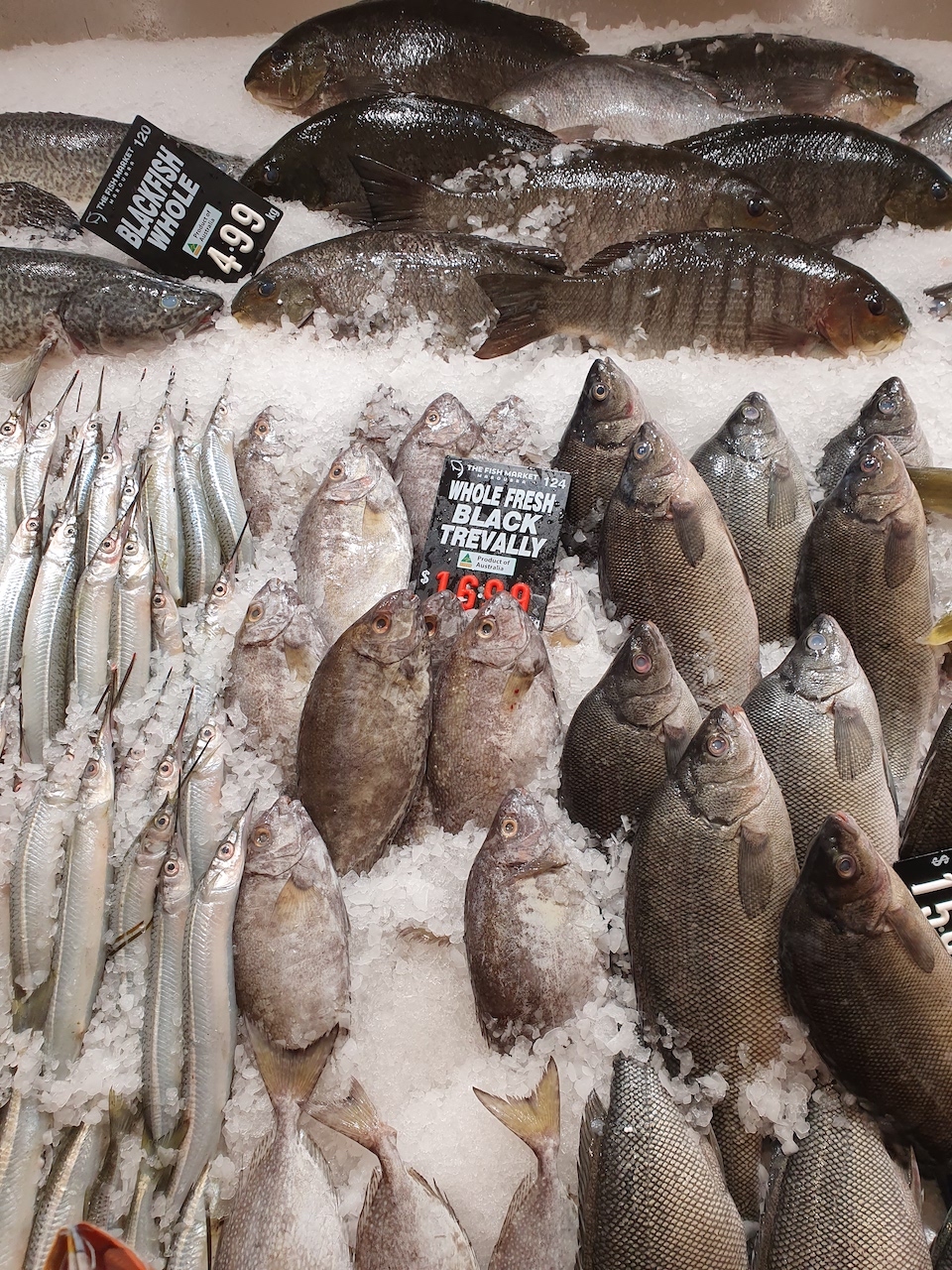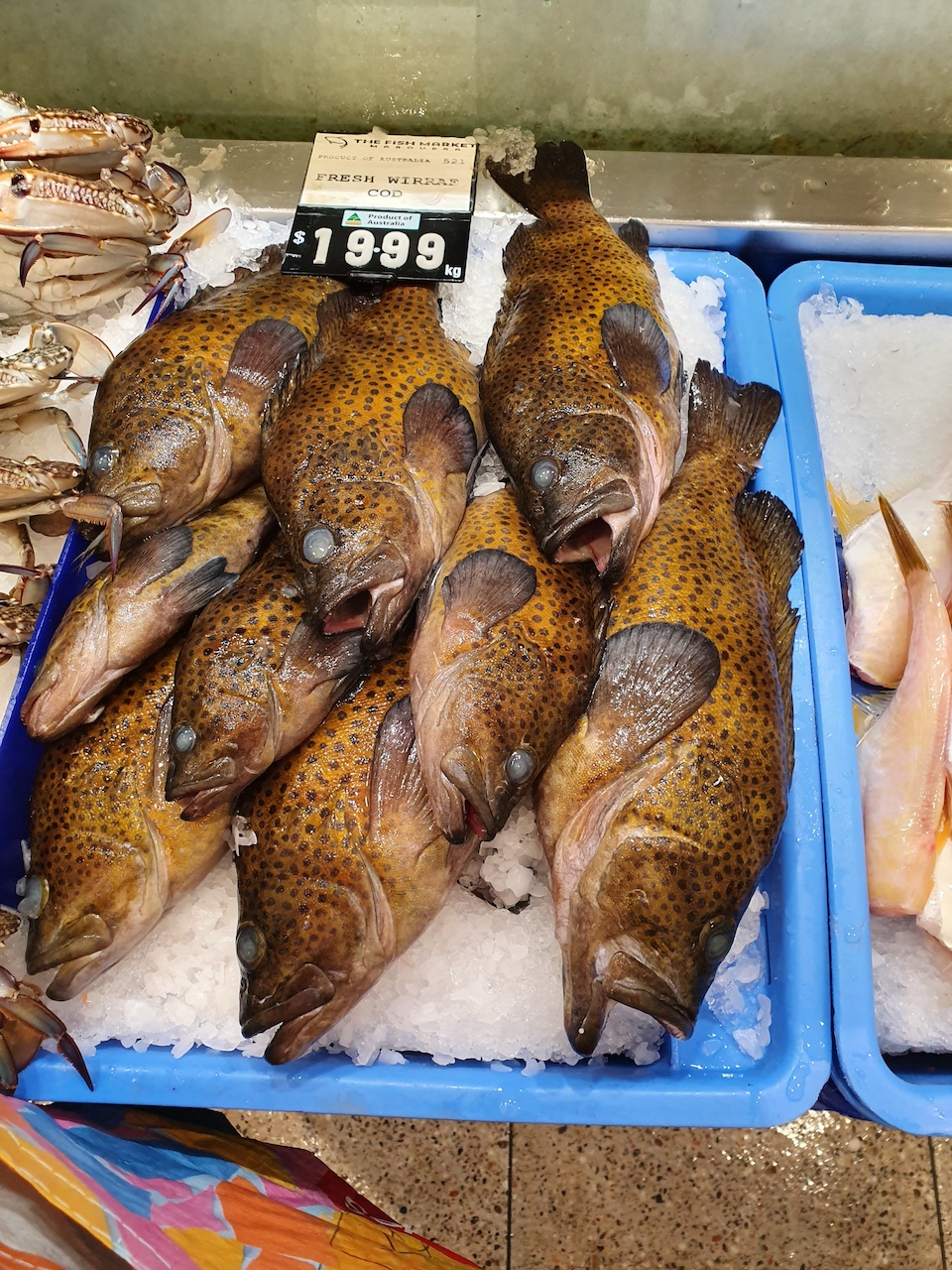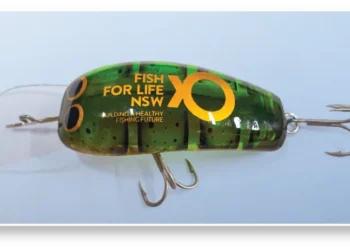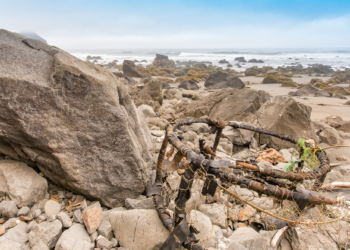
LAST year we ran a piece on the sale, for quite big money, of fish that historically were considered by anglers to be virtually inedible. The two species highlighted were the eastern wirrah and the black spinefoot (black trevally), but the same fish market featured also regularly sells forktail catfish and assorted wrasses.
The Sydney Seafood School recently ran a promotion for some lesser-known species “you might not have considered trying before, to encourage you seafood-lovers to get out of your comfort zone. You might even save some money in the process!” They’ve done similar promotions for other species previously. This time they highlighted lemon tongue sole, silver warehou, bartail goatfish and ribbonfish, with profiles and recipes. Flatfish like sole are always welcome in our kitchen, as are the occasional goatfish that turn up as bycatch. Ribbonfish are a deep sea relative of the hairtail, which eat well, so they’re probably fine. Silver warehou I’ve eaten once at a pub bistro and once as a fish shop take away; neither experience was very good, perhaps because of the cooking rather than the fish itself.

Up until the 1970’s, majority of the southern state fish buying public tended to stick with what they knew and what was promoted: snapper, bream, flathead, flounder, whiting, garfish, mulloway. Ask a fish & chip proprietor what the battered fillet on the menu was and the answer was inevitably “bream”, which most of the time it wasn’t. The more adventurous or budget conscious buyer might consider kingfish or tailor, or even morwong or mullet. Up north they had their equivalent favourites: barra, tropical snappers, emperors, coral trout, jewfish, mackerel. Trevally and queenfish didn’t get a look in.

In recent years, home cooks and restaurants have become far more adventurous, particularly as air freight has opened up the whole of the country to interstate and international seafood transport. Snapper from New Zealand, Nile perch from east Africa, basa from Vietnam, whitebait from China, hake and hoki from South Africa and New Zealand, farmed barra from Indonesia, tilapia and pomfret from who knows where. And at the same time, local neglected fish including silver trevally, bonito and yellowtail scad have become popular and quite expensive. Tuna and billfish are almost in the luxury class now.
So, is all this diversity good or bad from a rec fishing perspective? On one hand, if it eases the commercial pressure on stocks of key target fish such as snapper and mulloway and displaces effort on to other species, that might be a good outcome, at least for a while. But if the “other species” get unmercifully hammered, as gemfish and orange roughy did, or if prime sportfish such as threadfin and queenfish become major commercial targets? That might not be quite so good.
















